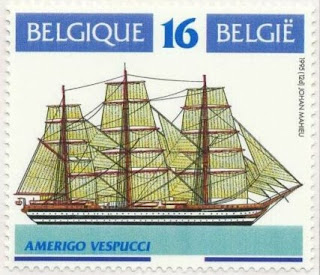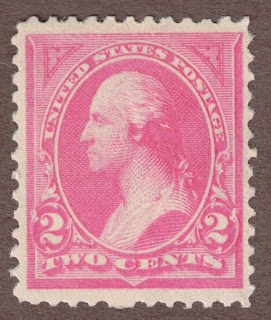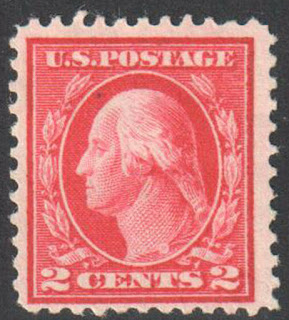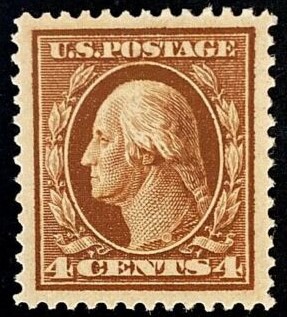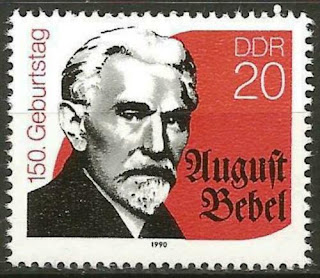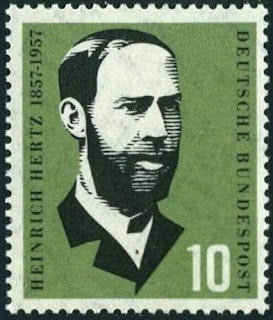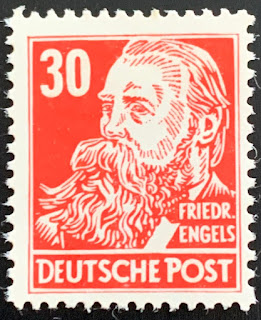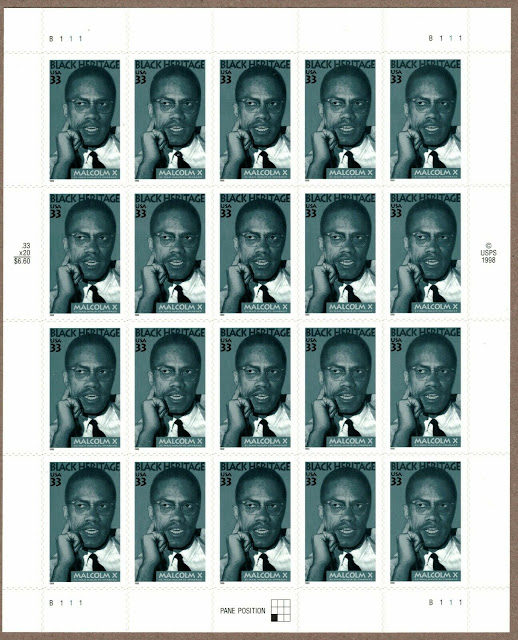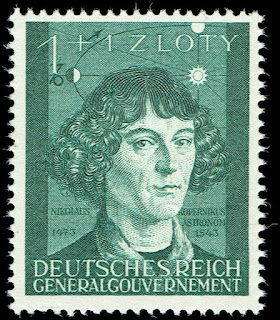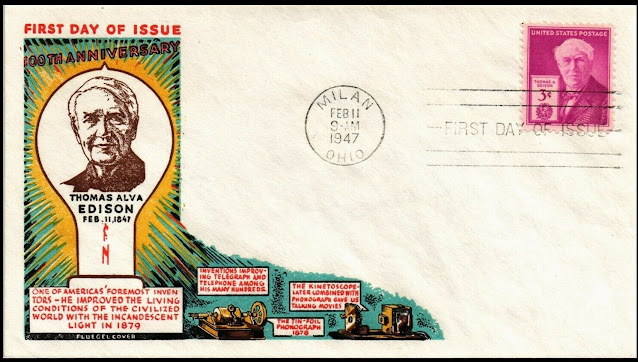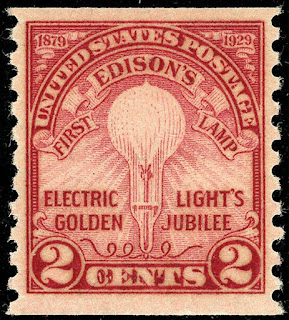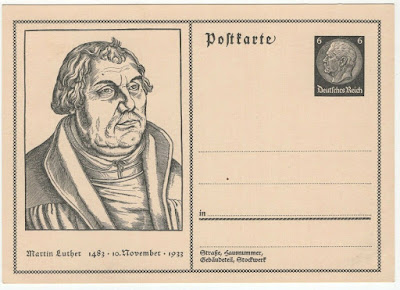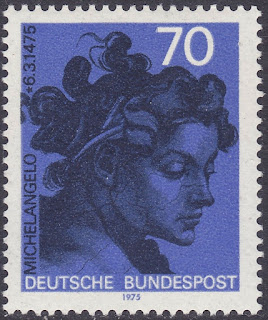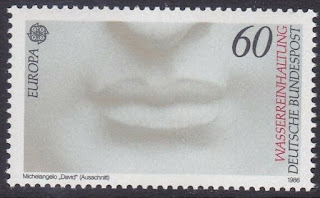Here are some events that happened on February 21st. It could be an event or a person that died or was born on that day
1848 – Karl Marx and Friedrich Engels publish The Communist Manifesto.
Karl Heinrich Marx (5 May 1818 – 14 March 1883) was a German philosopher, economist, historian, sociologist, political theorist, journalist and socialist revolutionary.
Born in Trier, Germany, Marx studied law and philosophy at university. He married Jenny von Westphalen in 1843. Due to his political publications, Marx became stateless and lived in exile with his wife and children in London for decades, where he continued to develop his thought in collaboration with German thinker Friedrich Engels and publish his writings, researching in the reading room of the British Museum. His best-known titles are the 1848 pamphlet, The Communist Manifesto, and the three-volume Das Kapital. His political and philosophical thought had enormous influence on subsequent intellectual, economic and political history, and his name has been used as an adjective, a noun and a school of social theory.
Marx's critical theories about society, economics and politics – collectively understood as Marxism – hold that human societies develop through class struggle. In capitalism, this manifests itself in the conflict between the ruling classes (known as the bourgeoisie) that control the means of production and the working classes (known as the proletariat) that enable these means by selling their labour power in return for wages. Employing a critical approach known as historical materialism, Marx predicted that, like previous socio-economic systems, capitalism produced internal tensions which would lead to its self-destruction and replacement by a new system known as socialism.
For Marx, class antagonisms under capitalism, owing in part to its instability and crisis-prone nature, would eventuate the working class' development of class consciousness, leading to their conquest of political power and eventually the establishment of a classless, communist society constituted by a free association of producers. Marx actively pressed for its implementation, arguing that the working class should carry out organised revolutionary action to topple capitalism and bring about socio-economic emancipation.
Marx has been described as one of the most influential figures in human history, and his work has been both lauded and criticised. His work in economics laid the basis for much of the current understanding of labour and its relation to capital, and subsequent economic thought. Many intellectuals, labour unions, artists and political parties worldwide have been influenced by Marx's work, with many modifying or adapting his ideas. Marx is typically cited as one of the principal architects of modern social science.
East and West German stamps depicting Karl Marx

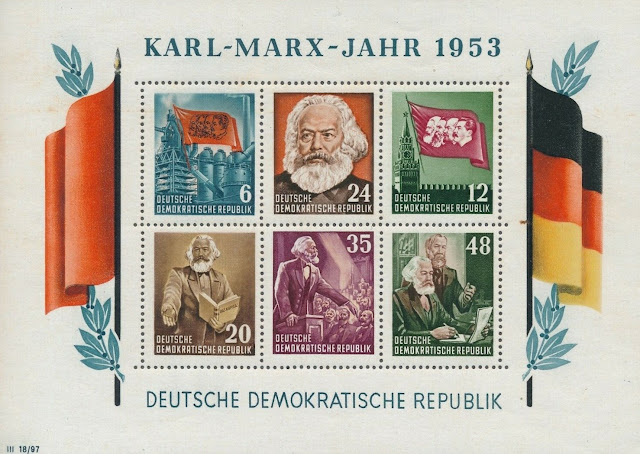
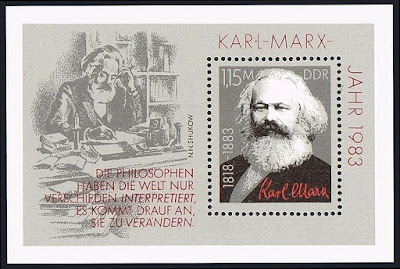

Friedrich Engels (28 November 1820 – 5 August 1895) was a German philosopher, historian, communist, social scientist, sociologist, journalist and businessman. His father was an owner of large textile factories in Salford, England, and Barmen, Prussia (now Wuppertal, Germany).
Engels developed what is now known as Marxist theory together with Karl Marx and in 1845 he published The Condition of the Working Class in England, based on personal observations and research in English cities. In 1848, Engels co-authored The Communist Manifesto with Marx and also authored and co-authored (primarily with Marx) many other works. Later, Engels supported Marx financially, allowing him to do research and write Das Kapital. After Marx's death, Engels edited the second and third volumes of Das Kapital. Additionally, Engels organised Marx's notes on the Theories of Surplus Value, which were later published as the "fourth volume" of Das Kapital. In 1884, he published The Origin of the Family, Private Property and the State on the basis of Marx's ethnographic research.
Engels died in London on 5 August 1895, at the age of 74 of laryngeal cancer and following cremation his ashes were scattered off Beachy Head, near Eastbourne.
Stamps from East and West Germany depicting Friedrich Engels
1885 – The newly completed Washington Monument is dedicated.
The Washington Monument is an obelisk within the National Mall in Washington, D.C., built to commemorate George Washington, once commander-in-chief of the Continental Army (1775–1784) in the American Revolutionary War and the first President of the United States (1789–1797). Located almost due east of the Reflecting Pool and the Lincoln Memorial, the monument, made of marble, granite, and bluestone gneiss, is both the world's tallest predominantly stone structure and the world's tallest obelisk, standing 554 feet 7 11⁄32 inches (169.046 m) tall according to the U.S. National Geodetic Survey (measured 2013–14) or 555 feet 5 1⁄8 inches (169.294 m) tall according to the National Park Service (measured 1884). It is the tallest monumental column in the world if all are measured above their pedestrian entrances. Overtaking the Cologne Cathedral, it was the tallest structure in the world between 1884 and 1889, after which it was overtaken by the Eiffel Tower in Paris.
Construction of the monument began in 1848 and was halted for a period of 23 years, from 1854 to 1877 due to a lack of funds, a struggle for control over the Washington National Monument Society, and the American Civil War. Although the stone structure was completed in 1884, internal ironwork, the knoll, and installation of memorial stones were not completed until 1888. A difference in shading of the marble, visible approximately 150 feet (46 m) or 27% up, shows where construction was halted and later resumed with marble from a different source. The original design was by Robert Mills (1781–1855) of South Carolina, but he did not include his proposed colonnade due to a lack of funds, proceeding only with a bare obelisk. The cornerstone was laid on July 4, 1848; the first stone was laid atop the unfinished stump on August 7, 1880; the capstone was set on December 6, 1884; the completed monument was dedicated on February 21, 1885; and officially opened October 9, 1888.
The Washington Monument is a hollow Egyptian style stone obelisk with a 500-foot (152.4 m) tall column surmounted by a 55-foot (16.8 m) tall pyramidion. Its walls are 15 feet (4.6 m) thick at its base and 1 1⁄2 feet (0.46 m) thick at their top. The marble pyramidion has thin walls only 7 inches (18 cm) thick supported by six arches, two between opposite walls that cross at the center of the pyramidion and four smaller corner arches. The top of the pyramidion is a large marble capstone with a small aluminum pyramid at its apex with inscriptions on all four sides. The lowest 150 feet (45.7 m) of the walls, constructed during the first phase 1848–1854, are composed of a pile of bluestone gneiss rubble stones (not finished stones) held together by a large amount of mortar with a facade of semi-finished marble stones about 1 1⁄4 feet (0.4 m) thick. The upper 350 feet (106.7 m) of the walls, constructed during the second phase 1880–1884, are composed of finished marble surface stones, half of which project into the walls, partially backed by finished granite stones.
The interior is occupied by iron stairs that spiral up the walls, with an elevator in the center, each supported by four iron columns, which do not support the stone structure. The stairs contain fifty sections, most on the north and south walls, with many long landings stretching between them along the east and west walls. These landings allowed many inscribed memorial stones of various materials and sizes to be easily viewed while the stairs were accessible (until 1976), plus one memorial stone between stairs that is difficult to view. The pyramidion has eight observation windows, two per side, and eight red aircraft warning lights, two per side. Two aluminum lightning rods connected via the elevator support columns to ground water protect the monument. The monument's present foundation is 37 feet (11.3 m) thick, consisting of half of its original bluestone gneiss rubble encased in concrete. At the northeast corner of the foundation, 21 feet (6.4 m) below ground, is the marble cornerstone, including a zinc case filled with memorabilia. Fifty American flags fly on a large circle of poles centered on the monument. In 2001, a temporary screening facility was added to the entrance to prevent a terrorist attack. An earthquake in 2011 slightly damaged the monument, and it was closed until 2014. It was closed again for elevator system repairs, security upgrades, and mitigation of soil contamination from August 2016 to September 2019.
US stamp depicting the Washington Monument
1921 – Rezā Shāh takes control of Tehran during a successful coup.
Reza Shah Pahlavi (15 March 1878 – 26 July 1944), commonly known as Reza Shah, was the Shah of Iran from 15 December 1925 until he was forced to abdicate by the Anglo-Soviet invasion of Iran on 16 September 1941.
Two years after the 1921 Persian coup d'état, led by Zia'eddin Tabatabaee, Reza Pahlavi became Iran's prime minister. The appointment was backed by the compliant national assembly of Iran. In 1925 Reza Pahlavi was appointed as the legal monarch of Iran by decision of Iran's constituent assembly. The assembly deposed Ahmad Shah Qajar, the last Shah of the Qajar dynasty, and amended Iran’s 1906 constitution to allow selection of Reza Pahlavi. He founded the Pahlavi dynasty that lasted until overthrown in 1979 during the Iranian Revolution. Reza Shah introduced many social, economic, and political reforms during his reign, ultimately laying the foundation of the modern Iranian state.
His legacy remains controversial to this day. His defenders assert that he was an essential modernizing force for Iran (whose international prominence had sharply declined during Qajar rule), while his detractors assert that his reign was often despotic, with his failure to modernize Iran's large peasant population eventually sowing the seeds for the Iranian Revolution nearly four decades later, which ended 2,500 years of Persian monarchy. Moreover, his insistence on ethnic nationalism and cultural unitarism, along with forced detribalization and sedentarization, resulted in the suppression of several ethnic and social groups. Albeit he was himself of Mazandarani descent, his government carried out an extensive policy of Persianization trying to create a single, united and largely homogeneous nation, similar to Atatürk's policy of Turkification.
Turkish and Persian stamps depicting Reza Shah Pahlavi
1965 Died: Malcolm X, American minister and activist (b. 1925; assassinated)
Malcolm X (born Malcolm Little; May 19, 1925 – February 21, 1965) was an African American Muslim minister and human rights activist who was a popular figure during the civil rights movement. He is best known for his time spent as a vocal spokesman for the Nation of Islam.
Malcolm spent his adolescence living in a series of foster homes or with relatives after his father's death and his mother's hospitalization. He engaged in several illicit activities, eventually being sentenced to 10 years in prison in 1946 for larceny and breaking and entering. In prison, he joined the Nation of Islam, adopted the name Malcolm X (to symbolize his unknown African ancestral surname), and quickly became one of the organization's most influential leaders after being paroled in 1952. Malcolm X then served as the public face of the organization for a dozen years, where he advocated for black empowerment, black supremacy, and the separation of black and white Americans, and publicly criticized the mainstream civil rights movement for its emphasis on nonviolence and racial integration. Malcolm X also expressed pride in some of the Nation's social welfare achievements, namely its free drug rehabilitation program. Throughout his life beginning in the 1950s, Malcolm X endured surveillance from the Federal Bureau of Investigation (FBI) for the Nation's supposed links to communism.
In the 1960s, Malcolm X began to grow disillusioned with the Nation of Islam, as well as with its leader Elijah Muhammad. He subsequently embraced Sunni Islam and the civil rights movement after completing the Hajj to Mecca, and became known as el-Hajj Malik el-Shabazz. After a brief period of travel across Africa, he publicly renounced the Nation of Islam and founded the Islamic Muslim Mosque, Inc. (MMI) and the Pan-African Organization of Afro-American Unity (OAAU). Throughout 1964, his conflict with the Nation of Islam intensified, and he was repeatedly sent death threats. On February 21, 1965, he was assassinated in New York City. Three Nation members were charged with the murder and given indeterminate life sentences. Speculation about the assassination and whether it was conceived or aided by leading or additional members of the Nation, or with law enforcement agencies, have persisted for decades after the shooting.
A controversial figure accused of preaching racism and violence, Malcolm X is also a widely celebrated figure within African-American and Muslim American communities for his pursuit of racial justice. He was posthumously honored with Malcolm X Day, on which he is commemorated in various cities across the United States. Hundreds of streets and schools in the U.S. have been renamed in his honor, while the Audubon Ballroom, the site of his assassination, was partly redeveloped in 2005 to accommodate the Malcolm X and Dr. Betty Shabazz Memorial and Educational Center.
US stamps featuring Malcolm X

